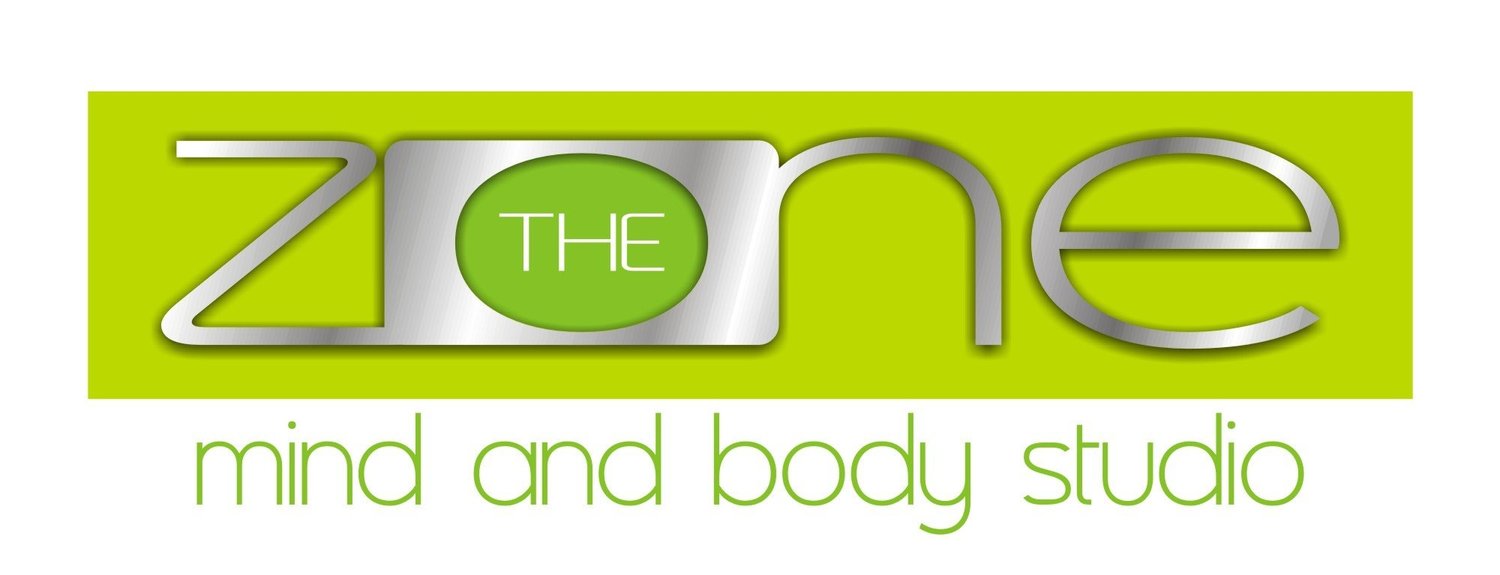The Power of Breathing
So, why make a fuss about breathing? After all it’s something we do automatically and, in fact, take for granted.
However, what many don’t know is that the quality of our breathing is something we can control. And why do we want to do that?
Because, mindful breathing can dramatically improve our health, well-being, and energy. Whether we are at rest or moving, our bodies need oxygen to function. It’s what fuels our cells and provides the basic building blocks that keep our bodies functioning and healthy.
For centuries, disciplines such as Martial Arts and Yoga have used breath to channelize mind-body benefits and performance. Modern research also supports the positive impact of controlled mindful breathing during movements.
How you breathe affects your workouts
Using controlled, deeper breath during exercise has many advantages - from activating core muscles, reducing fatigue with better supply of oxygenated blood, to faster muscle recovery post-exercise.
As a teacher and a constant learner, for over three decades, I have found tremendous benefits in integrating breath with movement, in all the training programs that I teach.
Learning and understanding the use of breath, in disciplines such as Tai Chi, Yoga, Martial Arts, and Pilates, has influenced my approach to teaching movement.
From training programs for outdoor activities (sports, running, golf, tennis etc) to indoor strength, mobility, and cardio workouts.
Good breathing patterns are also very relevant in my work with special populations, rehab clients and prenatal, postnatal women.
Of course, the method to fuller, deeper breathing may differ, based on goals and needs for specific training programs or disciplines.
Controlled, deep breathing
More often than not, when I ask someone to show me a deep full breath, what I get to see is a lot of movement through the chest and shoulders along with tensed neck muscles. We refer to this as chest breathing, a shallow breath pattern that over-uses accessory respiratory muscles.
Over time this breathing leads to stress and bad movement patterns through the upper back, neck and shoulders.
It's difficult to change a lifelong pattern of breathing, especially since it’s something we do unconsciously. Therefore, teaching how to breathe effectively is always my starting point. As I tell my clients, to make their efforts count they need to learn to breathe properly!
Good breathing requires an awareness of using our main respiratory muscles – the diaphragm and the intercostals (ribcage muscles) to their maximum capacity. Most breathing that we do, even when exercising, is shallow and superficial and does not promote efficient movements.
During breathing, I emphasize a three-dimensional breath into the ribcage. This involves taking the air deeper into the sides of the ribcage to feel the ribs expand to the sides.
Along with this lateral expansion, there is a focus on taking the air into the posterior ribcage to feel a subtle expansion on the upper back.
At the same time, there is an activation of the deep abdominal core muscles that creates stability through the lower torso.
This conscious breathing requires practice and unlearning of old breathing habits. It can be very overwhelming, especially when combined with movements. But the payoff, in terms of the energy, stability, and power that you gain is worth it!
Once the concept of a deeper, fuller breath is understood, how to best adapt it to one’s advantage in your choice of activity is the next step. And it can be adapted to anything – from daily living, to meditation, to any physical activity!
Benefits of mindful deeper breath
Our breath can have a profoundly positive impact on our bodies. Conscious, aware breathing can help reduce stress, lower blood pressure, improve focus and concentration, increase energy levels, lead to faster recovery from fatigue. I could go on!
When it comes to working out, I believe that a good breathing pattern is the foundation for establishing a mind-body focus that leads to strong, effective movements, while minimising risk of injury and stress. Who doesn’t want that?!
